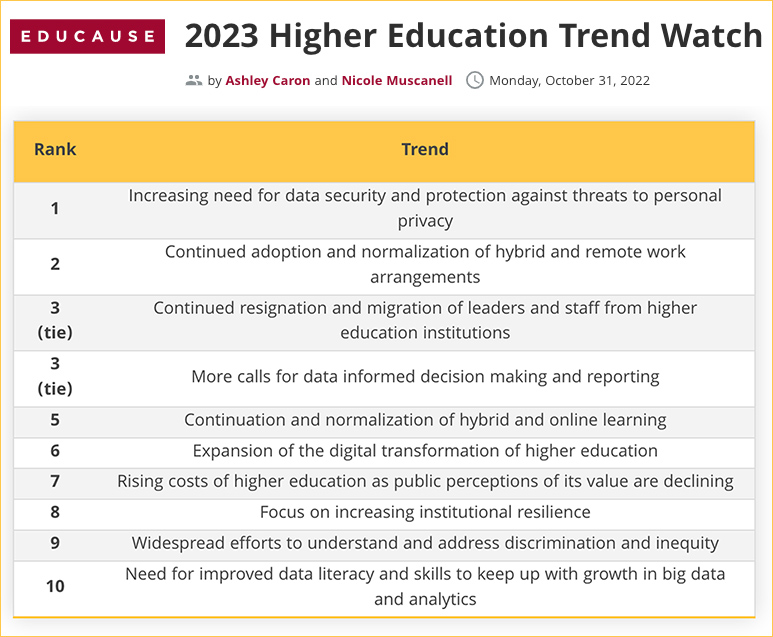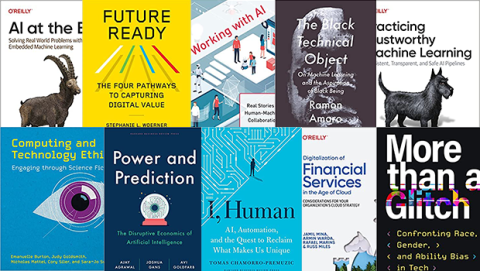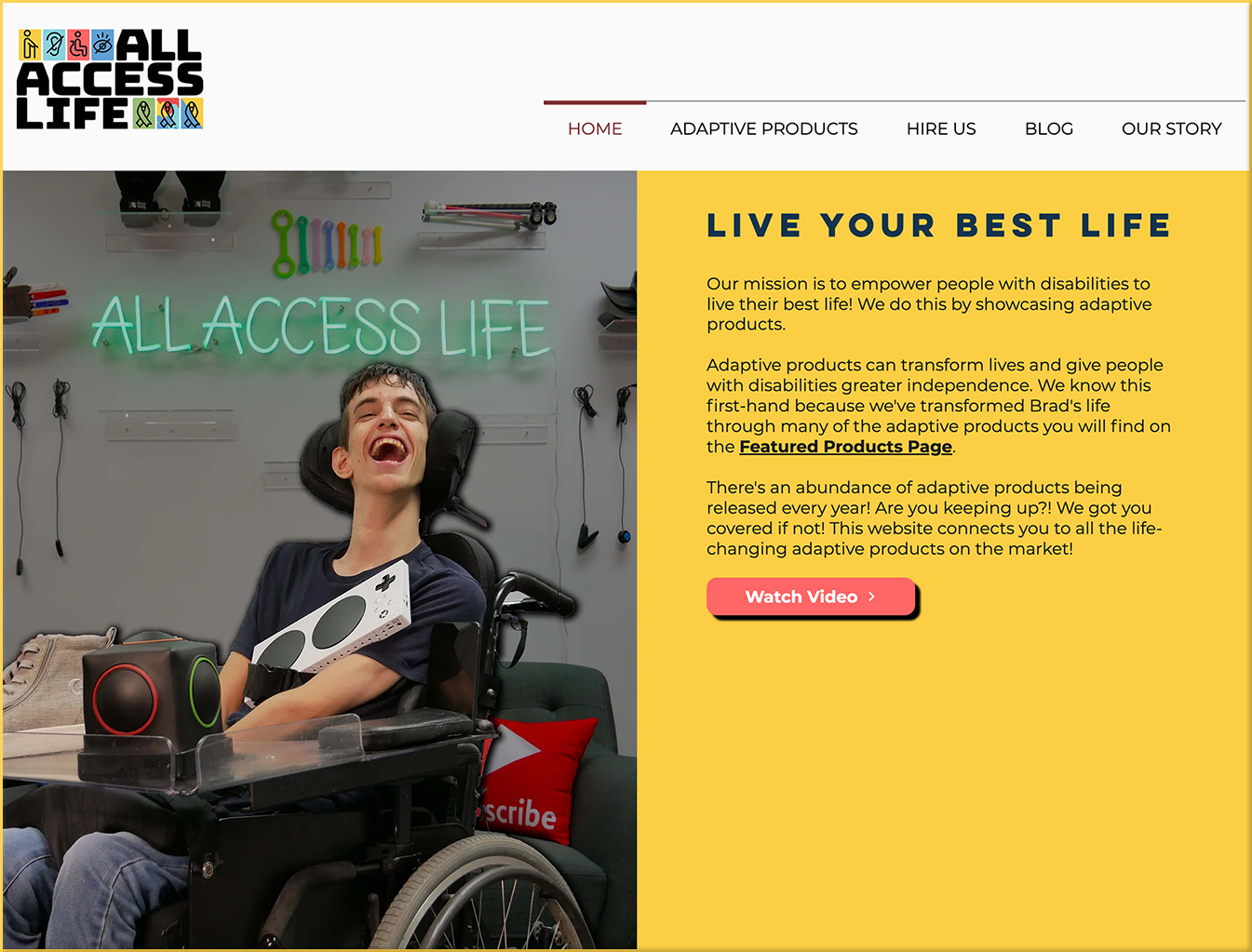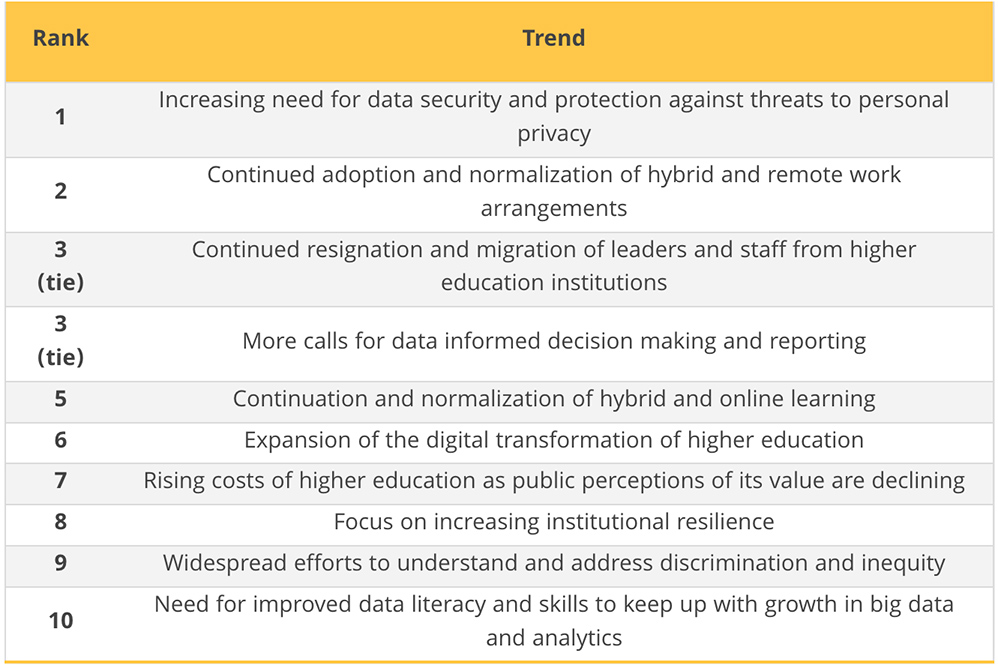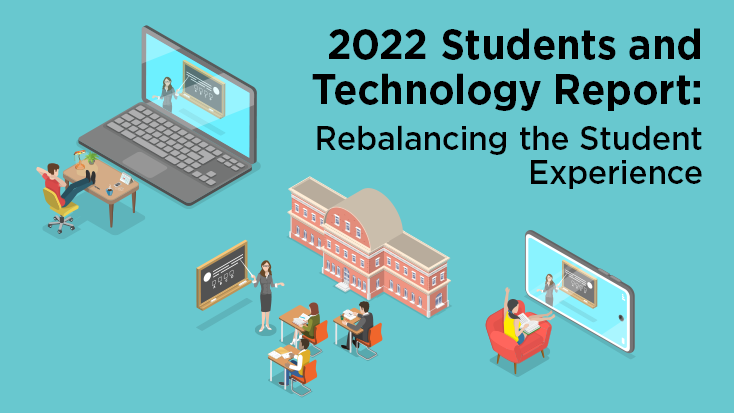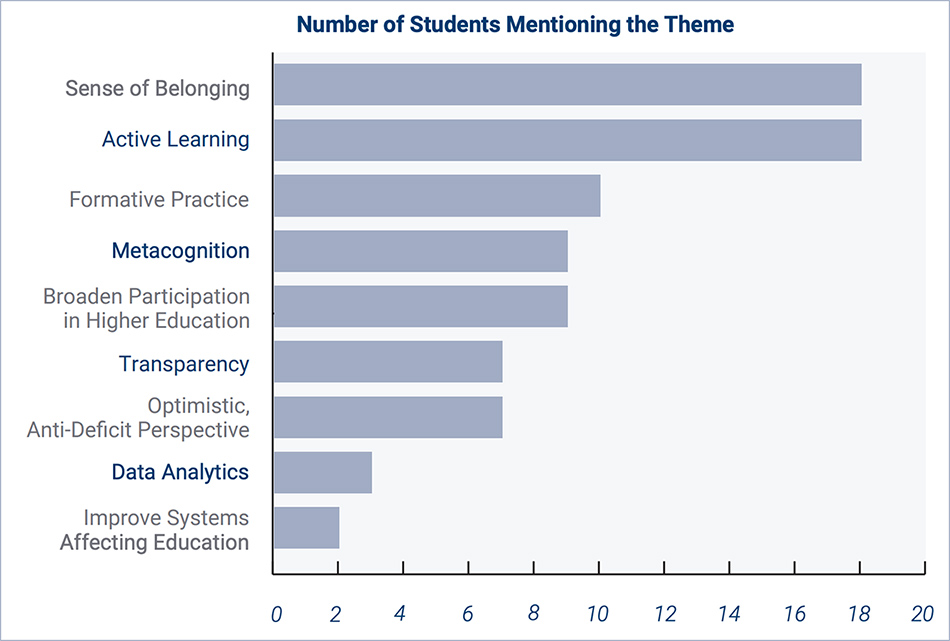Your iPhone Has 26 New Accessibility Tools You Shouldn’t Ignore — from ios.gadgethacks.com by Jovana Naumovski
Excerpt (emphasis DSC):
Magnifier has a new Door Detection option on iOS 16, which helps blind and low-vision users locate entryways when they arrive at their destination. The tool can tell you how far away the door is, if the door is open or closed, how to open it (push it, turn the knob, pull the handle, etc.), what any signs say (like room numbers), what any symbols mean (like people icons for restrooms), and more.
From DSC:
By the way, this kind of feature would be great to work in tandem with devices such as the Double Robotics Telepresence Robot — i.e., using Machine-to-Machine (M2M) communications to let the robot and automatic doors communicate with each other so that remote students can “get around on campus.”
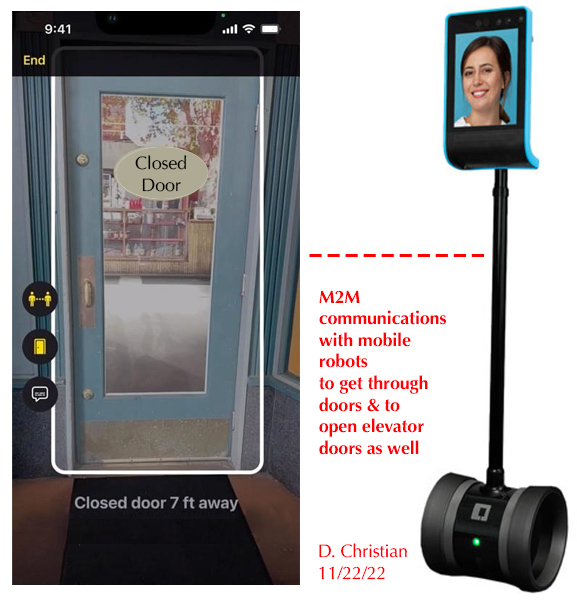
Along the lines of accessibility-related items, also relevant/see:
Microsoft introduces sign language for Teams — from inavateonthenet.net
Excerpt:
Microsoft has announced a sign language view for Teams to help signers and others who use sign language. The information on screen will be prioritised on centre stage, in a consistent location, throughout every meeting.
When sign language view is enabled, the prioritised video streams automatically appear at the right aspect ratio and at the highest available quality. Like pinning and captioning, sign language view is personal to each user and will not impact what others see in the meeting.









